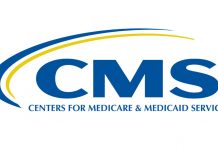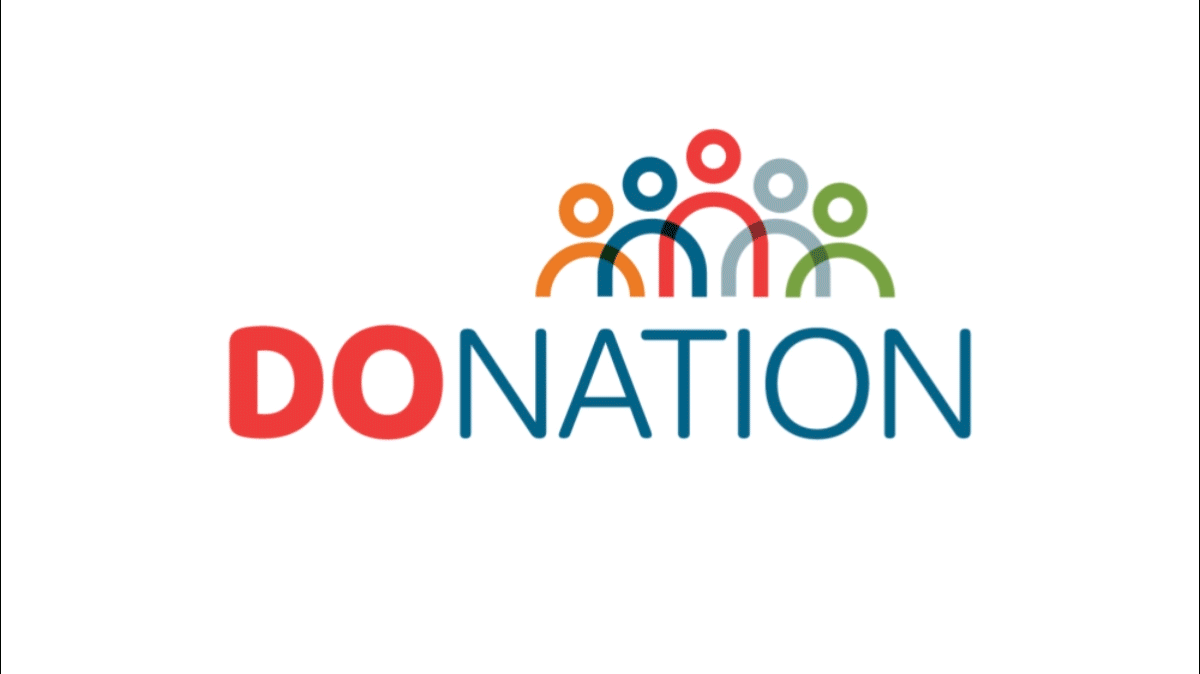The Committee on Ways & Means last week released a Red Tape Relief Project report, further reiterating the importance of stakeholder collaboration to further the aims of the Medicare Red Tape Relief Project. The project is designed to reduce administrative burden associated with federal regulations.
A study in the Annals of Internal Medicine found that physicians spend nearly two additional hours of paperwork for every hour they were seeing patients. According to another report, administrative costs, including those associated with adopting and complying with health care regulations, account for 25 percent of annual hospital spending in the United States, which amounts to more than $200 billion.
Following this study, the Committee on Ways & Means in 2017 launched the Red Tape Relief initiative which was intended to improve clinical efficiency and care quality for Medicare providers and patients. The Medicare Red Tape Relief project includes three stages. First, the committee is collecting feedback from stakeholders about policies that improve healthcare, as well as policies that stand in the way of quality improvement. Next, the committee plans to host roundtable discussions with stakeholders to identify solutions to existing problems. Finally, the committee will take congressional action based on feedback from stakeholders and correspondence with the administration.
On Aug. 15, House Ways & Means Chairman Kevin Brady (R-TX) and House Ways & Means Subcommittee on Health Chairman Peter Roskam (R-IL) released an initiative summary discussing how lawmakers and administration can cut excessive red tape and regulatory burdens on Medicare providers.






